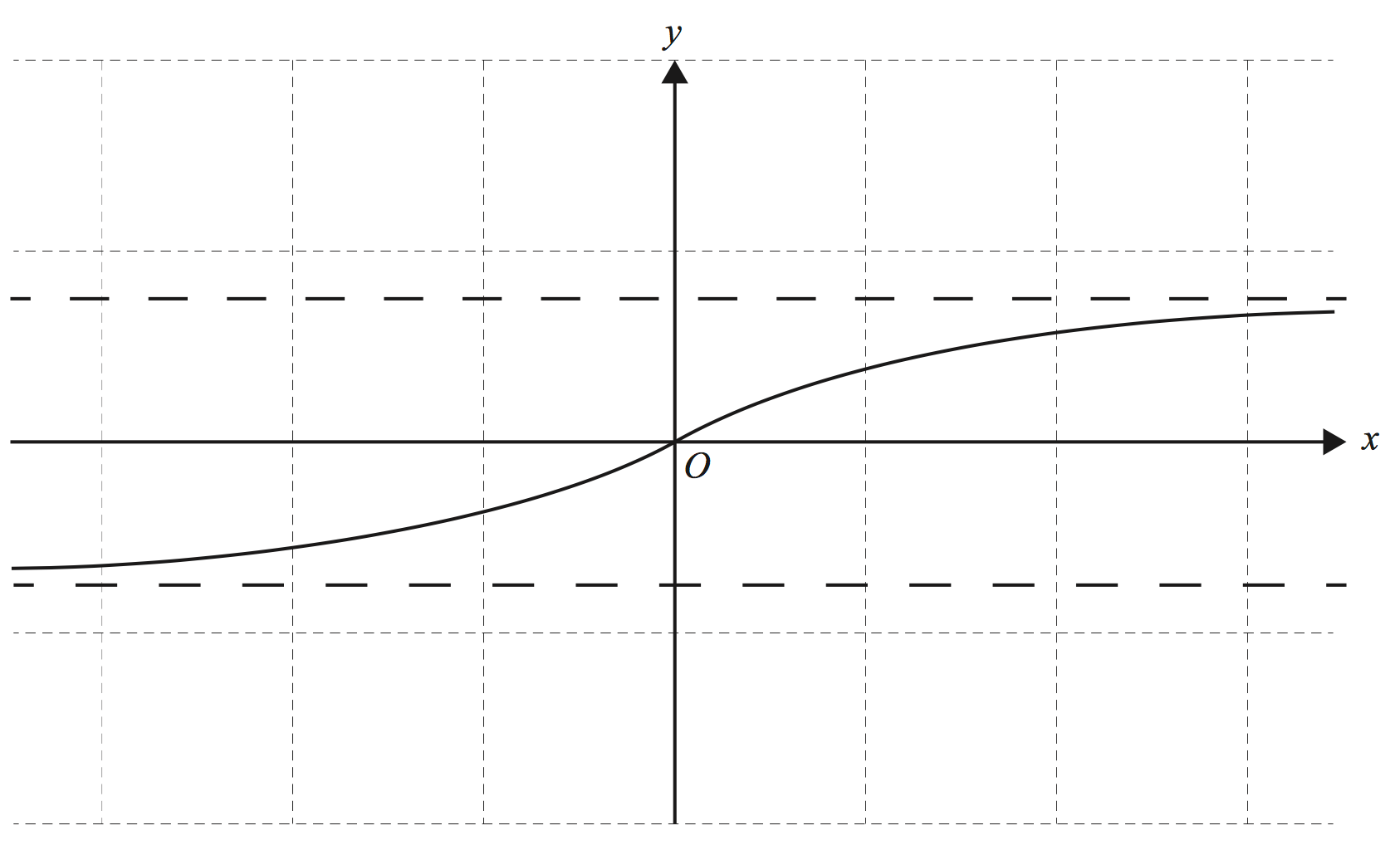The position of a particle at time `t` is given by
`underset ~r (t) = (2 sqrt (t^2 + 2) - t^2) underset ~i + (2 sqrt (t^2 + 2) + 2t) underset ~j,\ \ t >= 0.`
- Find the velocity of the particle at time `t.` (1 mark)
--- 4 WORK AREA LINES (style=lined) ---
- Find the speed of the particle at time `t = 1` in the form `(a sqrt b)/c`, where `a, b` and `c` are positive integers. (2 marks)
--- 6 WORK AREA LINES (style=lined) ---
- Show that at time `t = 1,\ \ (dy)/(dx) = (1 + sqrt 3)/(1 - sqrt 3).` (2 marks)
--- 5 WORK AREA LINES (style=lined) ---
- Find the angle in terms of `pi`, between the vector `-sqrt 3 underset ~i + underset ~j` and the vector `underset ~r (t)` at time `t = 0.` (2 marks)
--- 6 WORK AREA LINES (style=lined) ---



